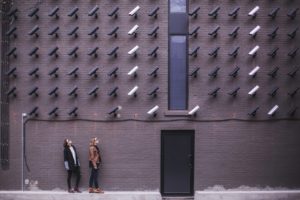Creating a Safe Space for Your Donors

At a recent seminar I attended, a representative of a home security system company said that she’s noticed they sell more security systems to people living in wealthy, low-crime neighborhoods than they do to people living in areas with higher crime rates. Yes, the wealthier customers are more able to afford the system.
But there’s a bigger factor at work—fear. The people who are farther away from the reality of crime feel more need to protect themselves. The irony of it all is that the rate of burglaries has fallen 50-70% over the last 25 years.
Still, people are more scared than ever.
That fear is something best overcome by knowing and being part of a community. When people know their neighbors, they feel safer in their neighborhoods.
Donors want to feel safe too.
If donors feel distant from your organization—if they don’t know feel part of the institutional community or understand the way the organization works—they are less likely to have a high level of trust. And they won’t feel safe entrusting you with their legacy gift.
With apologies to NBC, maybe your planned giving slogan should be “The More You Know.” You need to know what matters to your donors; they need to know what matters to you. Your transparency and your care for them as part of your community are important elements as you build a relationship that will encourage them to remember your organization in their wills. Look for future posts suggesting ways your particular institution can do this.
